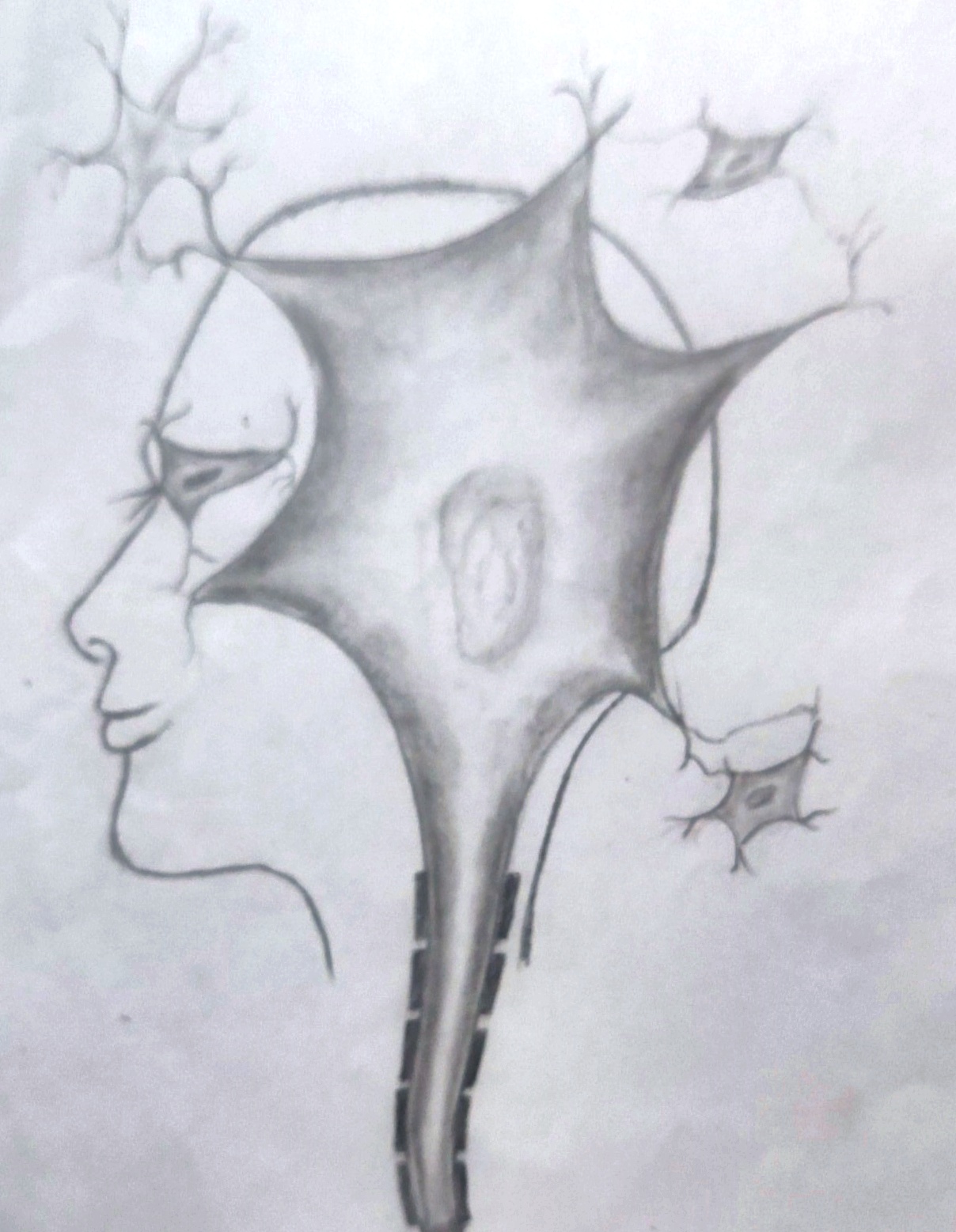+918042781750

This is your website preview.
Currently it only shows your basic business info. Start adding relevant business details such as description, images and products or services to gain your customers attention by using Boost 360 android app / iOS App / web portal.
Brain Tumor Surgery Surgery is the first and m...

Brain Tumor Surgery Surgery is the first and most common treatment for most patients with brain tumors. It is highly successful for most benign tumors. Surgery is usually the best treatment for tumors that neurosurgeons can reach without severely damaging normal brain tissue near the tumor. Neurosurgeons can surgically remove some tumors completely (called resection or complete removal). If the tumor is near sensitive areas of the brain, neurosurgeons will only be able to remove part of it (called partial removal). Even partial removal can relieve symptoms and facilitate or increase the effectiveness of other treatments. A biopsy is a surgical procedure to remove a small sample of a brain tumor for examination under a microscope — is usually performed during surgery to remove the tumor. This enables doctors to confirm the diagnosis and recommend the most appropriate treatment. If the patient is not a surgical candidate, a separate biopsy may be done. The role of surgery in treating brain tumors Surgery can provide: The complete removal of some brain tumors • A sample to enable doctors to diagnosis the tumor and recommend the most appropriate treatment • Better quality of life: – Reduced symptoms and improved ability to function (e.g., to think, speak or see better) – Less pressure within the skull from the tumor • A longer life Types of Brain Tumor Surgery Surgery is one type of treatment for brain tumors. The most common types of surgery are: • Biopsy • Craniotomy • Extended bifrontal craniotomy • “Eyebrow” craniotomy (supra-orbital craniotomy) • “Keyhole” craniotomy (retro-sigmoid craniotomy) • Orbitozygomatic craniotomy • Translabyrinthine craniotomy • Endonasal endoscopy (endonasal endoscopic surgery) • Neuroendoscopy

